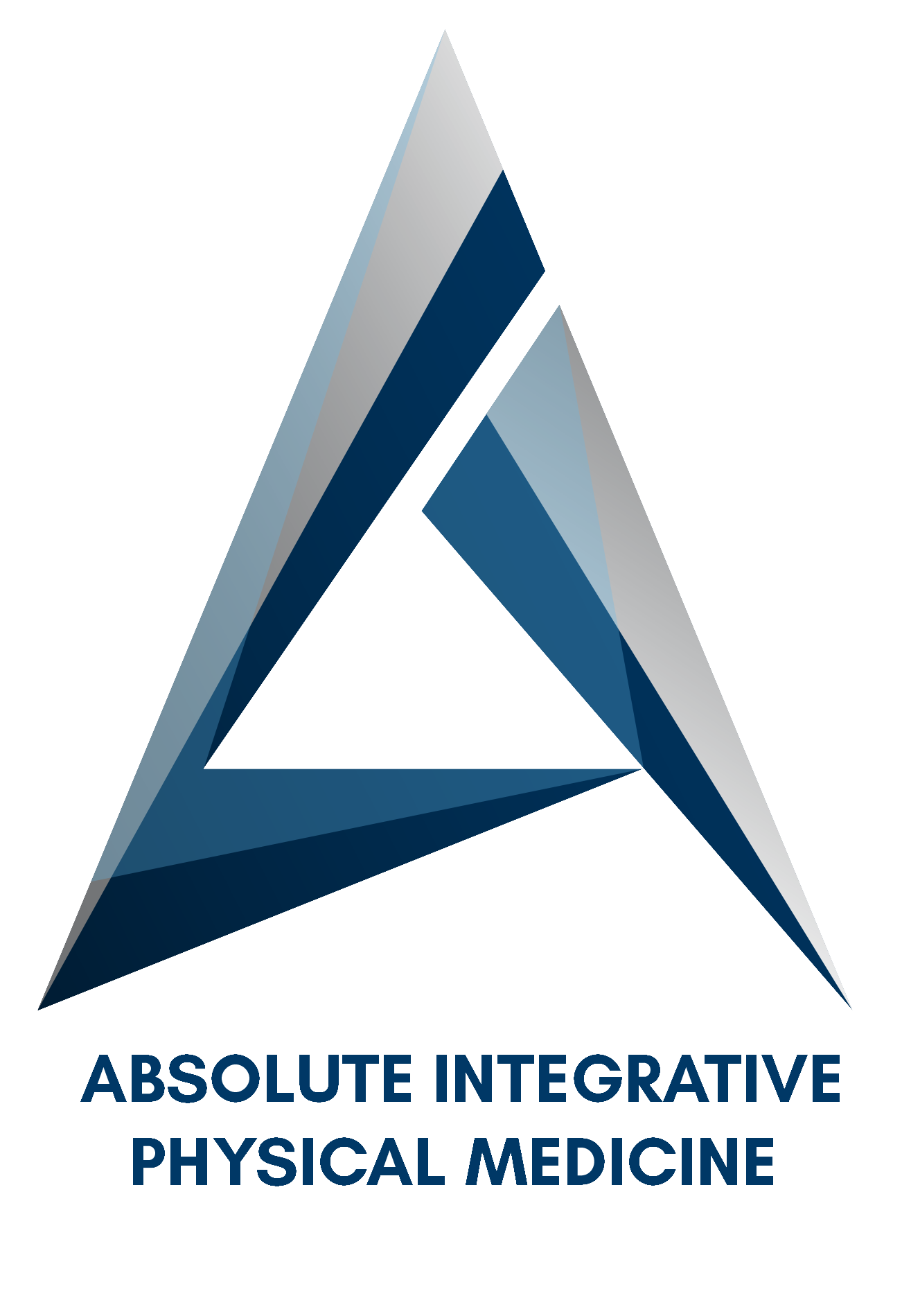What Is Anterior Head Carriage and Why It Matters
You might not think much about how your head sits on your shoulders, but it plays a bigger role in your overall health than you'd expect. If your head tends to lean forward—especially when you’re working, texting, or just living life—you could be dealing with something called anterior head carriage, and it can quietly cause a lot of damage over time.
Let’s break down what it is, why it happens, and what you can actually do about it.
Your Head’s No Lightweight
Here’s a fun (and kind of scary) fact: your head weighs about 14 pounds on its own—and that doesn’t even include your neck. With everything together, we’re talking 20+ pounds that your spine and muscles are supporting.
Now imagine your head leans forward even just an inch out of alignment. That creates about 10 extra pounds of stress on your spine. Two inches forward? You’re putting 34+ pounds of force on your neck and upper back muscles, every single day.
No wonder it hurts.
How Anterior Head Carriage Affects You
This forward shift throws off the natural alignment of your spine, pulling your posture out of balance and making your muscles work overtime. Over time, this can lead to:
- Neck and upper back pain
- Stiffness or tension
- Frequent headaches
- Loss of the neck’s natural curve
- Early spinal wear and tear
And once that spinal curve starts to flatten, things only get worse—pain becomes more constant, muscles fatigue quicker, and the structure of your neck actually begins to change.
Common Causes (That Might Sound Familiar)
So how does this even happen?
Most of the time, it’s your everyday routine:
- Sitting at a desk with poor ergonomics
- Looking down at your phone constantly
- Standing or walking with your shoulders slouched and chest dropped
- Lack of awareness around posture
One of the biggest culprits? Long hours on the computer with poor posture. It’s easy to fall into—and just as easy to overlook.
How to Tell If You Have Anterior Head Carriage
Try this quick at-home test:
- Stand with your heels and back flat against a wall.
- See where the back of your head lands. If it’s not touching or close to the wall, your head may be too far forward.
Want to get more specific? Look at a side profile. Your ear should align directly over your shoulder (specifically where the supraspinatus muscle inserts on your humerus). If your ear sits in front of that line, that’s anterior head carriage.
How to Start Fixing It
You don’t need fancy gear or a gym membership to begin correcting it. Just start small and stay consistent.
Chin Tuck Exercise (AKA the Double Chin Trick):
- Sit or stand tall.
- Gently pull your head straight back (not up or down), like you're giving yourself a double chin.
- Hold for a few seconds, then release.
- Repeat 10 times, every hour if you can.
It feels weird at first, but over time it helps retrain your muscles to hold your head where it belongs.
Posture Reset:
- After your chin tucks, try this:
- Lift your chest slightly
- Pull your shoulder blades back
- Bring your arms back and down slightly, activating your shoulder and back muscles
- Hold for 20–30 seconds
- Relax and repeat 3–5 times
This reinforces what proper alignment should feel like.
10 Simple Tips to Improve Head and Neck Posture
- Stay Aware – Check in with your posture throughout the day.
- Chin Tucks – Do them regularly to strengthen neck stabilizers.
- Postural Exercises – Rows, wall angels, and shoulder retractions are gold.
- Stretch It Out – Loosen tight chest and neck muscles to reduce pulling.
- Set Up Your Desk Right – Screens should be at eye level, and chairs should support your spine.
- Use Support Tools – A lumbar roll or posture brace can help train alignment.
- Take Micro-Breaks – Step away from the screen every hour, even for 60 seconds.
- Sleep Smart – Use a pillow that supports your neck’s natural curve.
- Try Yoga or Pilates – These focus on alignment, flexibility, and awareness.
- Get Professional Guidance – A physical therapist or chiropractor can give you custom advice if you're struggling.
Need Help Fixing It?
We get it—posture problems can sneak up on you. But getting back in alignment can reduce pain, restore function, and even help your body move more efficiently long term.
Book now to schedule a complimentary evaluation and take the pressure off your neck. Your body will thank you.
Connect with Us
Ready to find relief? Don’t wait any longer—reach out to us and lock in your appointment.

